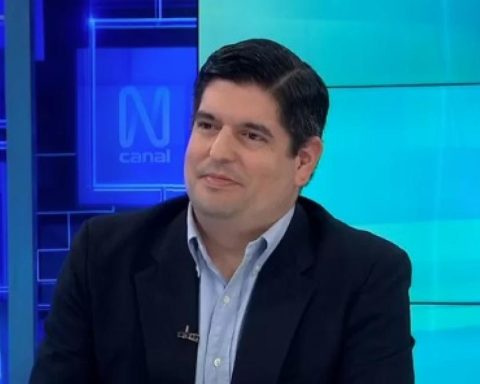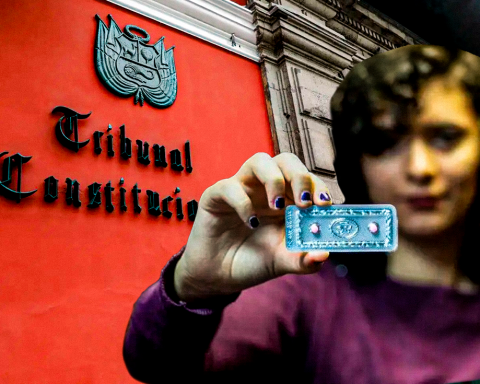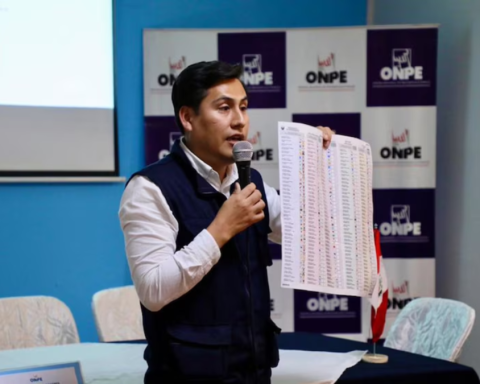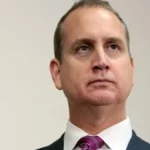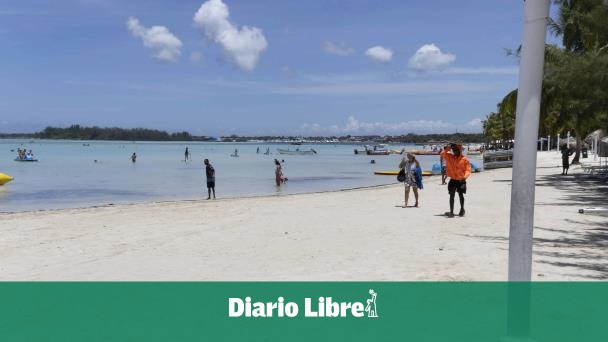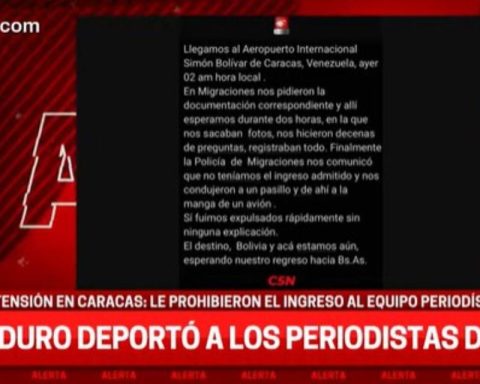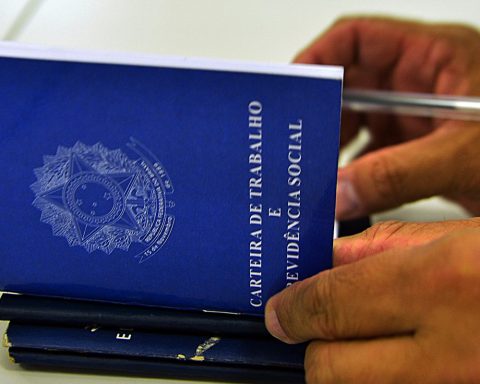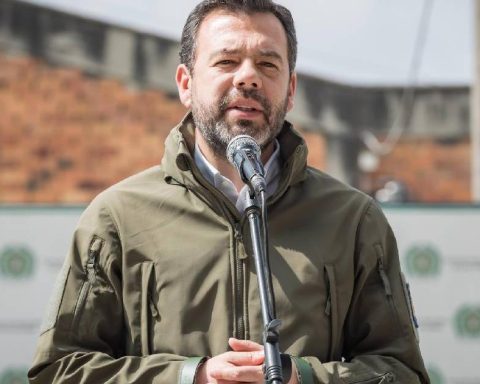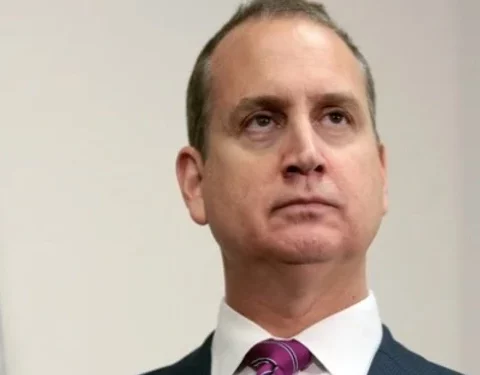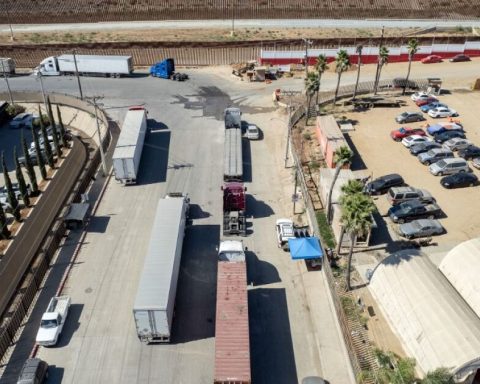a few days ago, Huancayo Box made a leap again in the world of sponsorships by taking over the lower part of the shirt of each footballer from the first team of Alianza Lima and all its minor divisions. The box’s interest in participating in a team where competition plays a fundamental role is not only limited to football, but also within the organization; For this reason, recently, its board of directors ratified Jorge Solís Espinoza as president of the institution for one more year. Caja Huancayo, despite being the second in market share in the savings bank system, obtained the highest profit in 2024. Solís reveals the recipe that the entity has to grow this year.
How did the sector fare in 2024?
2024 in macroeconomic terms was not a very good year. There is nothing to celebrate. Growth was mediocre, private investment almost remained at the floor. Due to a management issue at Caja Huancayo, which prioritized profitability rather than growth in loans, we have obtained good results. The economy of small and micro entrepreneurs has not been reactivated after the pandemic. For example, I was talking the other time with Susana Saldaña, representative of Gamarra, and she told me that only 60% of the business owners have reactivated and of the rest, many have closed.
Credit to small and micro businesses grew around 10% with figures as of November. Could it have grown more?
It has grown, despite the fact that microfinance institutions have been more restrictive in credit. As a system we grew more or less 18% a year and now the average growth is between 8% and 10%. This means that credit has been restricted, despite the measures taken by the Central Reserve Bank to reduce its monetary policy rate to boost credit. This means that capital is not reaching the hardest hit sectors. Now entities are more restrictive in lending due to non-payment problems. Delinquencies have increased. In the case of Caja Huancayo, there was a slight increase in arrears, but we are going to end up with the lowest in the system.
How much will your default rate end up at?
We are going to finish (2024) at 4.63%. In 2023 we ended up with a delinquency rate of 3.70% and it was not because it was a good year, we all know there was a recession, but it was because there was still a lot of credit rescheduling, but the portfolios are now coming clean. And the less credit there is, the higher the delinquencies. That’s what’s happening. I believe that if the portfolio continues to be honest, this year credit will continue to be more restrictive.
Did delinquencies only increase due to customer deterioration?
In our projections for the year’s budget, we believe that the economy will not grow more than 2.5% in 2025. The level of crime has grown tremendously. Microfinance institutions feel threatened because today we compete with crime. There are districts dominated by this that our advisors cannot enter. One of the reasons why late payments have also increased is that we are competing with informal shadow banks and they are the ones who get paid first. This bank, like gota a gota and exchange houses, lends and does not report the payment status of clients.
In this situation, how did Caja Huancayo achieve better results in the municipal savings bank system?
At Caja Huancayo we have productivity goals for agencies, we monitor arrears by advisor and agency. This information led us to be more restrictive and carry out a better credit evaluation, assuming less risks. This led to lower portfolio growth. Therefore, the strategy was to prioritize profitability and not growth. Another strategy that has worked for us is to go down a step and by that I mean reaching unserved segments of the population, deepening financial inclusion. These niches are characterized by not having much competition due to the high level of risks, but we have been able to reach them due to the level of efficiency we have achieved and the responsible management of the Central Bank’s interest rate cap policy. That is why we aspire to have the best result of the system.
What other milestones were achieved?
We are the first savings bank that has managed to incorporate the Inter-American Development Bank (IDB) as a strategic partner. We have improved our risk rating. We are the first microfinance company to have an A- level from a rating company. This will allow us to have better costs and funding sources. The IDB participates with more than 7.5% of the savings bank’s shareholders, which gives it a seat on the board of directors and provides the savings bank with more solid corporate governance.
What’s next?
We have been the bank that has invested the most in growth in recent years. In 10 years, we have grown six times. For this year, we plan to increase our capital ratio by around 14%, which gives us very strong strength to grow in the next five years.
DATA
Jorge Solís Espinoza was ratified as president of the board of directors of Caja Huancayo for the period 2025. In addition, he is currently president of the Federation of Municipal Savings and Credit Banks (FEPCMAC).
Solís is a lawyer from the Universidad Nacional Mayor de San Marcos and has postgraduate studies at the Uniempresarial University of Bogotá and Esan.
Caja Huancayo’s total provisions exceed the amount of its overdue, refinanced and restructured portfolio by more than 100%, above the system average.
Now available in Yape! Find us at YAPE Promos.
RECOMMENDED VIDEO
